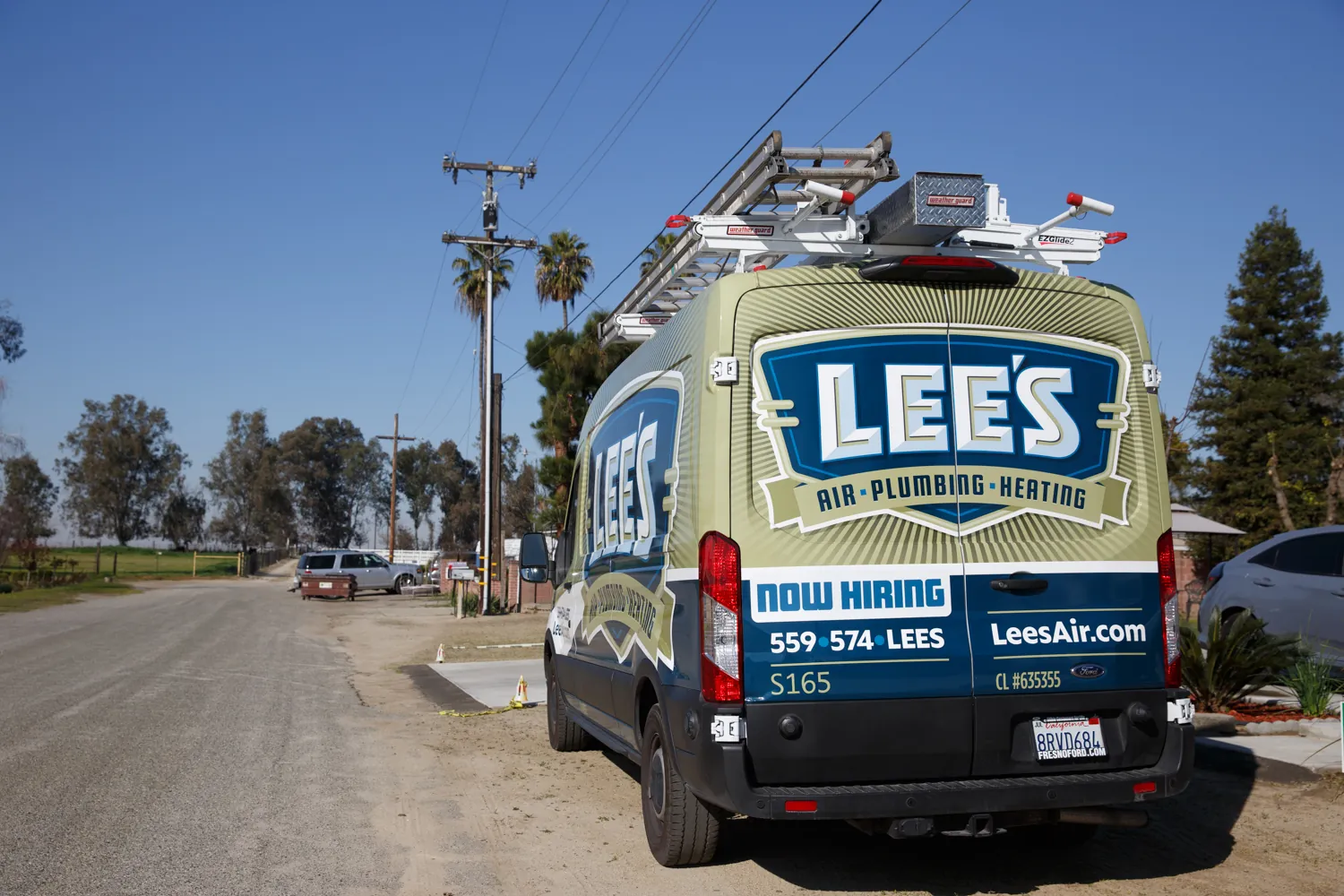The Energy Upgrade California initiative is leading the way to a brighter, more energy-efficient future. The program seeks to cut carbon emissions drastically, bringing carbon pollution levels down to that of the early 1990s; reducing household consumption of electricity, natural gas and water is the key to achieving its goal. Homeowners will tell you water isn’t cheap — in fact, the price of residential water has increased more than nearly every other household staple in recent years — but increased water consumption comes at a cost beyond monthly utilities. Purifying and traditionally heating water requires fossil fuels that produce carbon dioxide as a byproduct, resulting in rising atmospheric temperatures; this is an unsustainable practice. To help protect our world’s most precious resource, talk to your local plumbing company about installing some of these eco-friendly water fixtures in your home.
Low-Flow Toilet
Those who had experience with early models of low-flow toilets probably cringe at the idea of having one installed now, but times have changed. The low-flow toilets of today quickly get rid of waste all while saving about 25 gallons of water per day for the average U.S. household. Toilets use about 27% of the water used in your home, which means those 25 gallons will make a big difference in your water consumption and your utility bill.
Efficient Faucets
Changing out your faucet is one of the cheapest changes you can make to improve your water consumption. To save water and money, try adding an aerator to your sink setup. Aerators attach to the tip of your faucet and add air into your water to create a steady stream and increase perceived water pressure, all while reducing the amount of water used. Additionally, call a plumbing company if you find yourself with a leaky faucet as slow drips can waste hundreds of gallons a year.
Water Heater
Water heaters account for about 18% of your home’s total energy use. Reducing your water temperature may save you some money but not enough. To get the most out of your water, switch things up. A tankless water heater only heats water when it’s in demand instead of standing idly by. Tankless heaters require more energy at once because of their on-demand nature, so talk to your plumber to see what your home can handle.
The Energy Upgrade California initiative is a plan to ensure we take care of the Earth as it has taken care of us. With our population always increasing, making sure we use our planet’s resources wisely has become more important than ever. Making an effort to control your water usage will help save you money on your energy bill and help reduce your carbon footprint.



